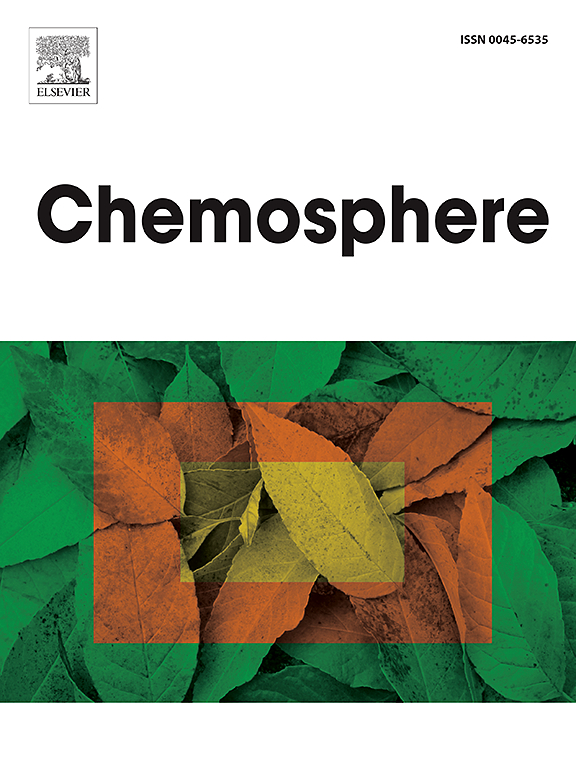Micro- and nano-plastics pollution in the marine environment: Progresses, drawbacks and future guidelines
IF 8.1
2区 环境科学与生态学
Q1 ENVIRONMENTAL SCIENCES
引用次数: 0
Abstract
Marine pollution by micro/nanoplastics (M/NPs) has emerged as a critical global issue, with widespread ecological and economic consequences. Numerous studies have investigated M/NPs pollution in marine environments, but there remains a need to assess progress, identify challenges, and propose future strategies. This review provides updated insights into marine M/NPs, including their sources, detection methods, global data from diverse marine ecosystems, and the challenges in mitigating pollution. The review reveals that the ocean harbors approximately 5.25 trillion plastic debris pieces, with a total of 50–75 trillion plastic and microplastic particles, with deep-sea regions containing up to 4 billion plastic microfibers per square kilometer. Human activities, including industrial practices and aquaculture, are major contributors to M/NPs pollution, which threatens 17% of marine species and incurs an economic loss of 6–9 billion USD. M/NPs are found across various marine habitats, including shorelines, sea floors, water columns, biota, and floating debris. Analyzing nanoplastics is particularly challenging due to their heterogeneous aggregation with other contaminants and their much lower concentrations than natural particles. Key drawbacks in addressing M/NPs pollution include inadequate funding, insufficient regulations, and a lack of policy frameworks on the prevalence, distribution, and sources of M/NPs. There is an increasing focus on utilizing innovative technologies such as artificial intelligence (AI) to monitor, assess risks, and predict the spread of M/NPs. Therefore, urgent global cooperation, involving all stakeholders and the general public, is essential. Additionally, integrating scientific and engineering methods, along with AI technologies, is crucial for monitoring and controlling M/NPs pollution and developing sustainable solutions.

海洋环境中的微塑料和纳米塑料污染:进展、弊端和未来指导方针
本文章由计算机程序翻译,如有差异,请以英文原文为准。
求助全文
约1分钟内获得全文
求助全文
来源期刊

Chemosphere
环境科学-环境科学
CiteScore
15.80
自引率
8.00%
发文量
4975
审稿时长
3.4 months
期刊介绍:
Chemosphere, being an international multidisciplinary journal, is dedicated to publishing original communications and review articles on chemicals in the environment. The scope covers a wide range of topics, including the identification, quantification, behavior, fate, toxicology, treatment, and remediation of chemicals in the bio-, hydro-, litho-, and atmosphere, ensuring the broad dissemination of research in this field.
 求助内容:
求助内容: 应助结果提醒方式:
应助结果提醒方式:


